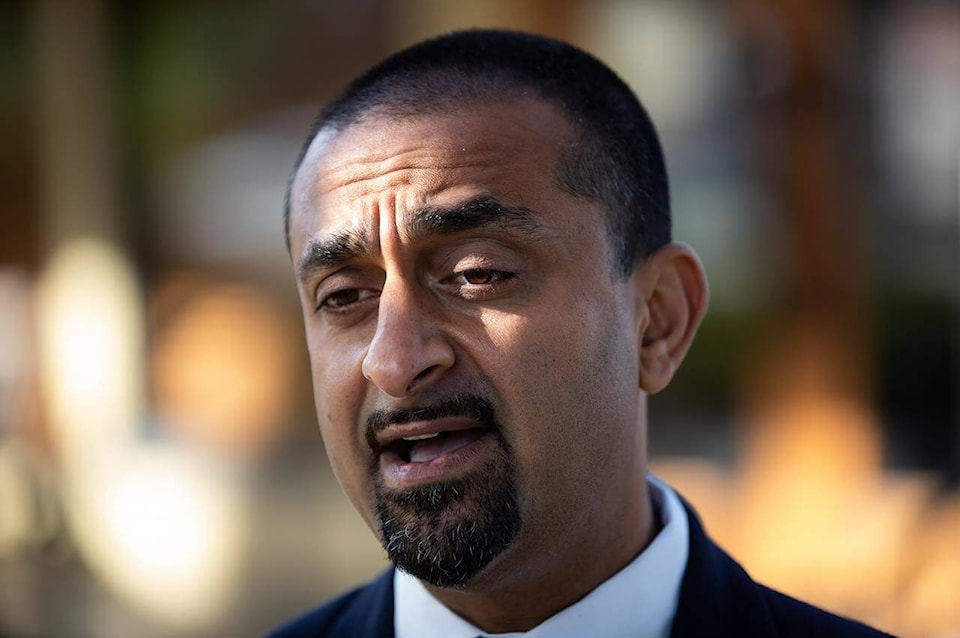The announcement Monday (Nov. 14) of a new economic diversification program designed to build more resilient rural communities comes as welcome news across B.C.
According to a statement, the $33-million program is a proactive response on the part of government economists predicting a potential recession and the possibilities of turbulence in the economy.
Instead of waiting for the economic impact to hit communities and then try to fix it, the province wants to do some of the important economic development needed beforehand to help communities be more resilient in the face of any challenges that come up said Ravi Kahlon, minister of jobs, economic recovery and innovation.
Each funding stream in the program is based on the needs of individual communities in an attempt to be as flexible as possible: economic diversification, economic capacity and forest impact transition.
In the case of 100 Mile House the need to attract funding to build an industrial park area and bring in more businesses is something Kahlon has previously discussed with newly elected mayor of 100 Mile House, Maureen Pinkney.
“This is exciting news,” said Pinkney. “Our community really relies heavily on these opportunities to gain funding for all of our projects in order to keep the taxes for our local residents as low as we can and yet move forward with many projects, infrastructure, programs, etc.”
The minister said that in the past when discussing economic development the idea was that if we have a tax credit here or tax cut there we could do this for a sector. Now, the interpretation is not to separate what is considered social programs from what is considered economic programs.
“If you don’t have housing, if you don’t have mental health support, if you don’t have good access to healthcare, good education opportunities your economy is just not going to be strong to be able to thrive in B.C.,” said Kahlon.
Housing is a cornerstone. There are people moving around B.C. in large numbers as they see the opportunities in the economy, he said, which adds to the challenge the province has around housing.
Kahlon said some communities need to speed up the process for development. In others, they’re going to have to be creative and find builders to actually come to communities and build.
Creative solutions are also going to be needed in the forestry industry, he said.
He is confident however that it will still be there in the future and believes it’s critically important we ensure forestry remains not only an important part of our economy but it is sustainable and reflects the needs and will of communities.
Kahlon said the big thing here is that we’re starting to find ways to advance more manufacturing and value-added sectors to communities, especially when it comes to forestry.
“B.C. has this important resource and we need to find ways to get the most value out of every single log,” he said.
“We just cannot do business the way we’ve been doing it for too long, which is cutting - processing spaghetti factories just making two-by-fours and pushing things out of our communities.”
Kaylan said this is not a sustainable solution for the sake of the industry and communities.
Communities want to have a bigger say in what’s happening in their forests and that’s a healthy thing, he said.
It means people understand this is their backyard and they understand there are economic opportunities. There’s a way to do it and to do it in a way that involves everyone and he is optimistic they are going to find that way.
The minister emphasized the flexibility of the program and how it is designed to be of best use to individual communities depending on their needs.
Pinkney said the district definitely plans to submit an application under the new program.
“This grant is available right away. Therefore, we will look into what ‘shelf ready’ projects we have in order to capitalize on this grant. There is a second intake for applications as well, so if we do not have one exactly ready or fitting the criteria required we have time to adjust it.”
patrick.davies@100milefreepress.net
Like us on Facebook and follow us on Twitter/p>
